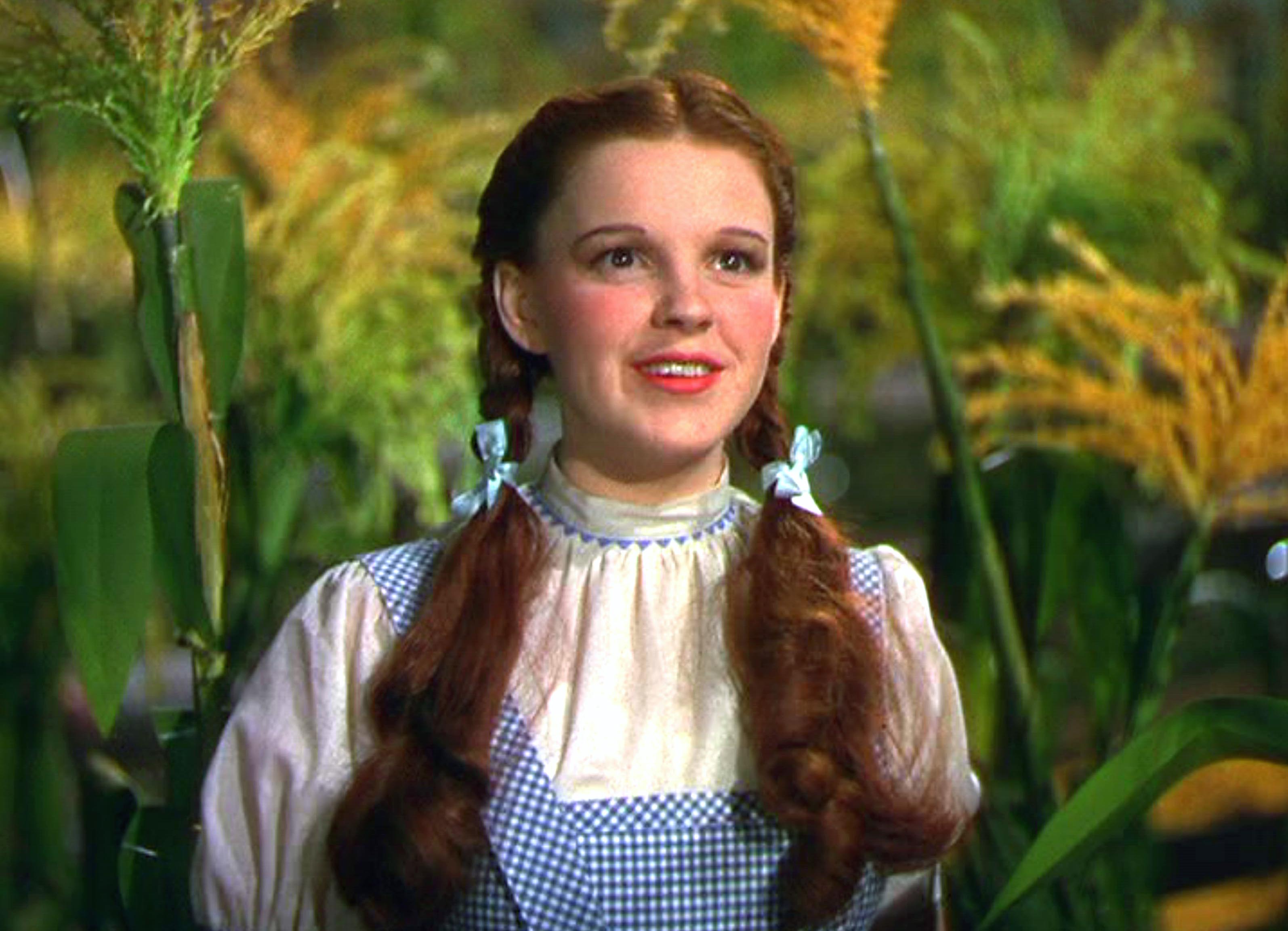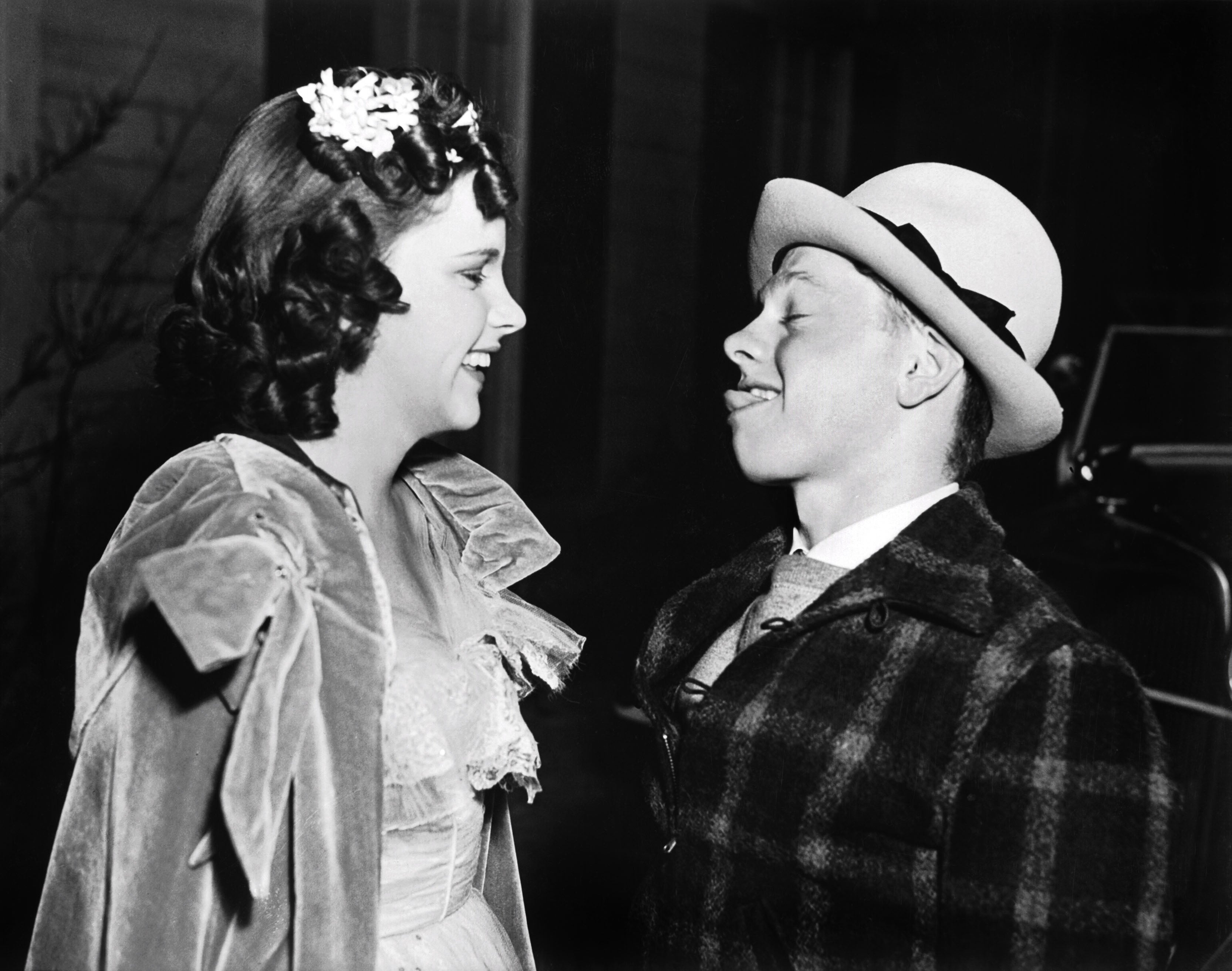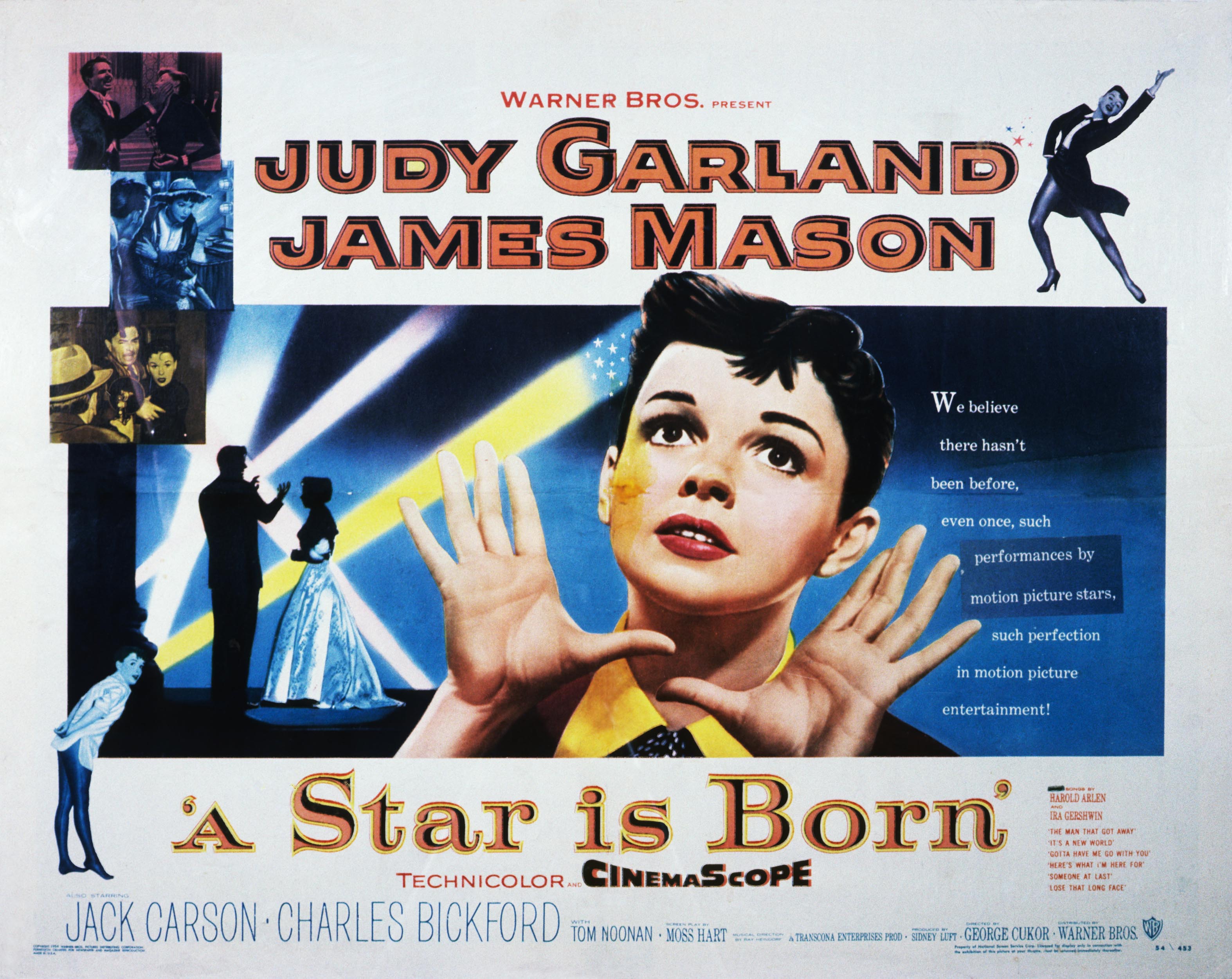Judy Garland at 100: It’s time we stopped treating the legendary star like a passive victim
On the centenary of Garland’s birth, Geoffrey Macnab reflects on the star’s best films, the immense urgency she brought to her roles, and how many biographies and biopics seem to take a sadistic pleasure in detailing the mistreatment she endured

The MGM top brass didn’t think the sturdy little 13-year-old who turned up at the studio in 1935 for an audition was anything special. Yes, she had an extraordinary voice but, as one of her biographers rather brutally noted, that voice was “unfortunately attached to a mediocre body and a badly flawed face”.
Judy Garland, whose centenary is celebrated this year, once looked back on her film debut Pigskin Parade (1936), which she made on loan at Fox, and described herself as a “fat little frightening pig with pigtails”. Nonetheless, she went on to become one of Hollywood’s most legendary figures.
There are more books about Garland (1922-1969) than almost anyone else. She has been the subject of documentaries and biopics, including 2019’s Judy for which Renée Zellweger won an Oscar. She was a “one in a million years” personality as Zellweger called her. She was the mother of the almost equally legendary Liza Minnelli. Her life and work remain an endless source of fascination – and yet the vast majority of films she made when under contract at MGM and afterwards have vanished from sight. Her reputation as one of the greatest stars in movie history rests on just a handful of titles: The Wizard of Oz, obviously; Meet Me in St Louis; A Star is Born, her final movie I Could Go On Singing and a couple of others.
Does anyone watch the youthful Garland opposite Mickey Rooney in the Andy Hardy films? Not really, it seems, even if they were huge hits in their day. Nor is there much interest in many other of the more than 30 movies she made over a period of three decades, although some of those are very good too.
The BFI will be holding a Judy Garland season later in the year to mark her centenary. Inevitably, it will focus on the titles that everyone knows and loves but it will also showcase some of her less well-known work.
So how good was Garland on screen? The paradox here is that what made her special was precisely what initially made Hollywood casting agents so suspicious of her. She didn’t fit in. “Dowdy”, “frumpish”, and “plain” are the words bandied around about the characters she played in her early years at MGM – and often about Garland herself. She wasn’t a dimple-chinned, adorable little child star like Shirley Temple. Nor was she one of those lissome, effortlessly glamorous young contract actors generally found at the studio. She seemed caught in a permanent, awkward adolescence.
Garland, though, had qualities that her contemporaries lacked. By the time she reached Hollywood, she had already spent a decade in vaudeville. She was both hardened and very vulnerable. They seemed bland by comparison.
The biographies and biopics take a morbid and sadistic pleasure in detailing the mistreatment Garland endured from a very young age. From the time she was 10, her hard-driving mother Ethel Gumm was giving her sleeping pills and stimulants to help her cope with the rigours of life on the road. Once she signed to MGM, the suffering continued. Studio boss Louis B Mayer was alleged to have abused her. The MGM wardrobe and make-up staff poked and prodded her as they tried to mould her into a young star, treating her as if she was a piece of recalcitrant clay.
There was always the sense that the adults around her were exploiting her – and that exploitation has continued after her death. Even the recent Zellweger biopic was part of this process. Garland’s daughters pointedly didn’t give their blessing to the film and Liza Minnelli didn’t meet or speak to its star – but the producers went ahead and made the film anyway, trampling all over the family’s feelings.
In its prologue, the film rehashes the idea that the young Judy made her own Faustian pact with Hollywood. This is a key part of the Garland myth. Played as a young woman by Darci Shaw, she is shown in a meeting with Mayer at around the time of The Wizard of Oz. He tells her that every town in America has girls far prettier and slimmer than her, and with better teeth. “Only you have something none of this pretty girls can ever have. You know what this is… you have that voice.” She is his favourite and he’s going to make her a star (or, as he puts it, “take you to Oz, some place where those pretty girls can never go”.) All she needs to give up in return, though, is her childhood happiness.

The problem with this version of the Garland story is that it depicts her as a passive victim – and that was never how she appeared on screen.
Garland is justly celebrated for holding nothing back. She brings a huge emotional charge to her most famous screen roles. In The Wizard of Oz, when she utters a line like “there’s no place like home”, her depth of feeling still take viewers aback, however many times they watch the movie. She has the ability to give immense urgency to throwaway pieces of dialogue and she puts across the songs as if her life depends on it.
During the 1930s, MGM persisted in casting her in girl-next-door type roles when she was anything but that character. Even in her earliest films, Garland’s intensity has an unbalancing effect. In the very first shot of Thoroughbreds Don’t Cry (1937), she is shown marching towards the camera with her two equally young co-stars Mickey Rooney and Ronald Sinclair on her arms, singing loudly and with a smile fixed on her face. There’s a relentless energy about her that they can’t match.
“I am going to be a great singer and I am going to be a great actress too,” Garland’s character Cricket West tells the young English toff (Sinclair) within moments of her first appearance. Garland is dressed demurely with a bow in her hair but she already knows exactly where she is going and won’t let anything get in her way.
It’s fascinating, too, to watch Garland as Betsy Booth in her Andy Hardy movies. She seems to be in a permanent state of nervous agitation, fidgeting, twisting and turning. Rooney may be cocksure and full of himself but the more Garland writhes or rolls those enormous eyes of hers, the more attention we pay to her.

In Love Finds Andy Hardy (1938), Garland’s youthful Betsy may have a big crush on Rooney’s Andy but, at least until he hears her sing, he’s more interested in Ann Rutherford and Lana Turner – and in getting his car on the road – than he is in her.
In Andy Hardy Meets Debutante (1940), Betsy is now a young woman living in New York. When she greets Andy and his family who are on a visit to the city, she whirls around them as if she is possessed, burning the coffee, getting in a tangle with her apron.
That nervous energy is equally apparent in Vincente Minnelli’s Meet Me in St Louis (1944). The film is often regarded as paean to cosy, small town early 20th Century American family life, but Garland’s character Esther has her familiar, unsettling febrile quality. Along with the raw and unexpected voltage of her performances comes extreme sincerity. When she launches into a rendition of “Have Yourself a Merry Little Christmas”, she sings it, in her typical fashion, from the very depths of her soul.
Garland’s screen acting style isn’t subtle or restrained. Presumably reflecting her background in vaudeville, she always wants to grab the audience’s attention. There is far more to her, though, than just that voice. Not many other actors could match the soulfulness found in her huge expressive eyes, and she had strong comedic skills too.
A compelling argument can be made that Hollywood let Garland down. The reason most admirers can probably only remember a handful of her films is that she was so rarely given roles that stretched her. George Cukor’s A Star is Born (1954), made for Warner Bros, was billed as her comeback after she had been dropped by MGM and had endured problems in her private life. She played the budding star Vicki Lester whose career eclipses that of her alcoholic matinee idol husband (James Mason). The film showed what she could achieve when given the right material. “Just about the finest one-woman show in modern movie history,” Time magazine enthused of her searing performance. It should have heralded a new stage in her movie career but, instead, it was more of an end point. The box office haul was disappointing, the film was brutally cut, she was denied an Oscar and Warner Bros lost faith in her. She didn’t make another film for six years.

Unlike Elizabeth Taylor (10 years younger but also an MGM child star) Garland never got to act with post-war method stars like Marlon Brando and Paul Newman. Her screen career fizzled out. Her few “straight” roles in films like The Clock (1945) and Judgement at Nuremberg (1961), for which she was Oscar nominated, didn’t capture audiences’ imaginations – because they always wanted her to sing.
On one level, Garland’s time in Hollywood seems like a study in anticlimax and missed opportunity. The system used her and spat her out. Then you remember her sheer vivacity and you see a different picture altogether. Thankfully, the BFI season won’t be dwelling on the “tragic myth” that surrounds Garland. Instead, it aims to celebrate “a remarkable woman who gave the world some of the most enduring performances in the Golden Age of Hollywood”.
Her life has already been so exhaustively scrutinised that you might think there is nothing new to say about Garland. For anyone looking for fresh insights, though, there is only one place to start – and that is with what she achieved on screen.
The BFI’s centenary Judy Garland season is in June
Join our commenting forum
Join thought-provoking conversations, follow other Independent readers and see their replies
Comments


Bookmark popover
Removed from bookmarks